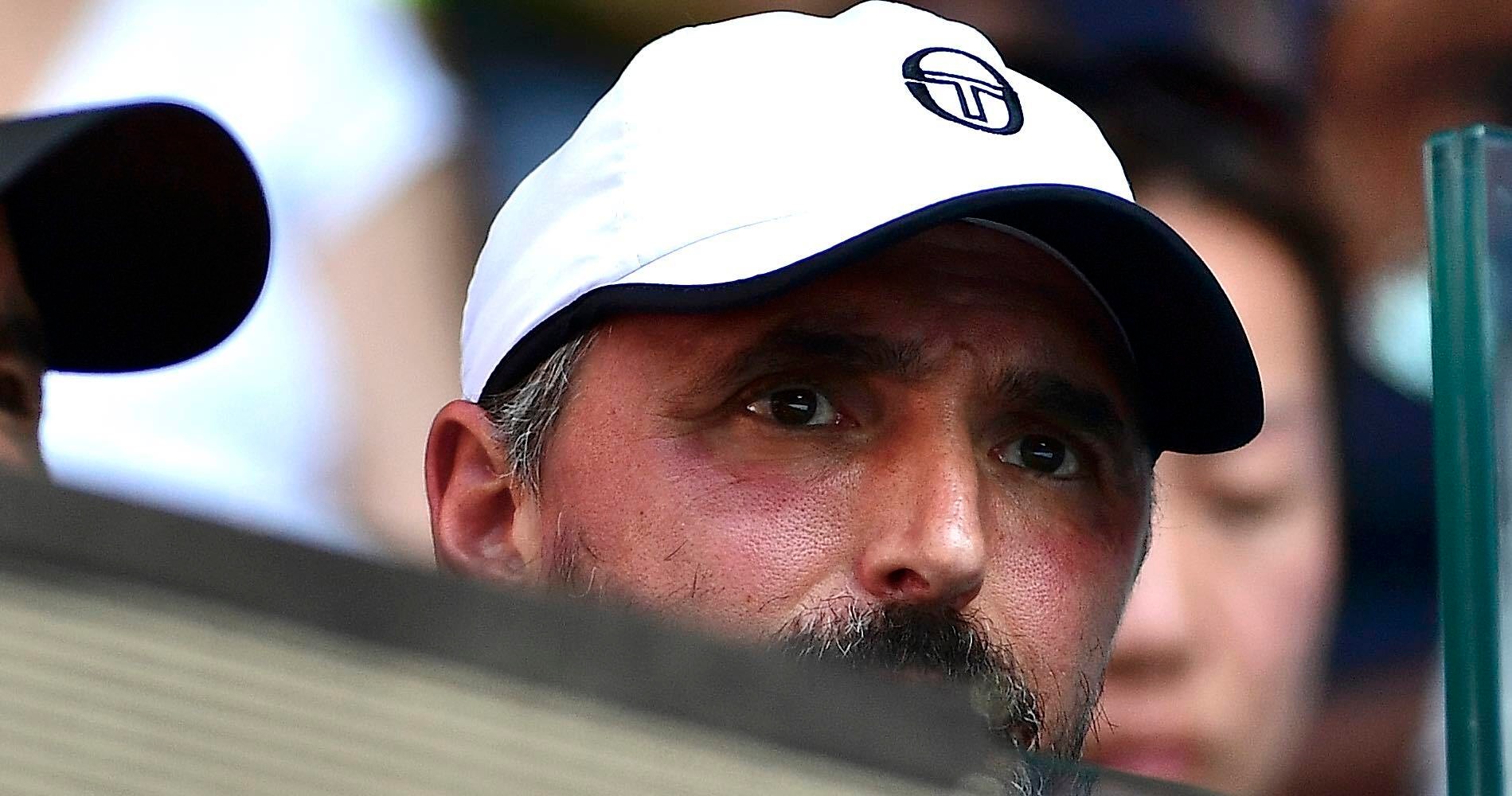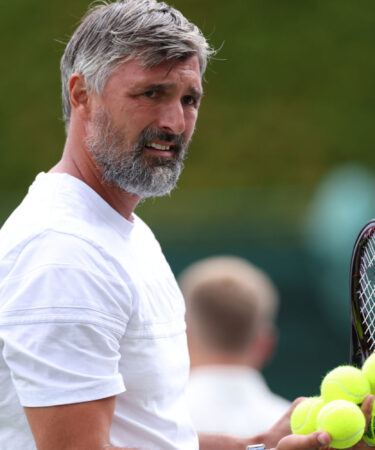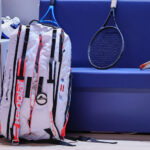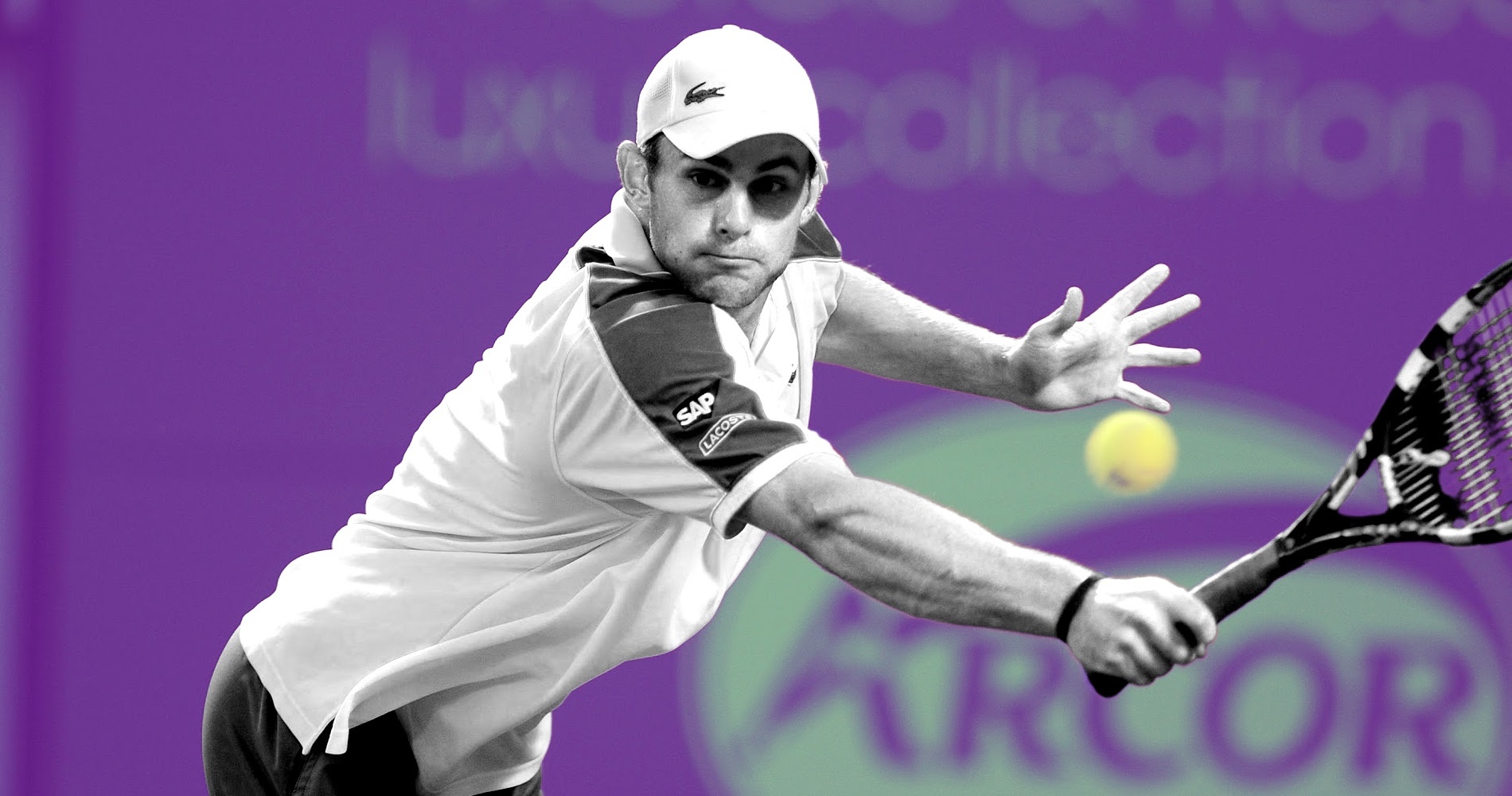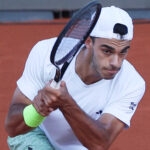June 14, 1997: The day Ivanisevic and Rusedski tied the record for the longest tiebreak on the ATP tour
Every day, Tennis Majors takes you back to some of the biggest moments in tennis history. On this day in 1997, Ivanisevic and Rusedski played a 38-point tiebreak that went into the record books
 Greg Rusedski, On this day 6/14
Greg Rusedski, On this day 6/14
What happened exactly on that day
On this day, June 14, 1997, Goran Ivanisevic and Greg Rusedski equalled the then-longest tiebreak in a men’s singles match, in terms of points played, in the Queen’s Club Championships semi-final, with the Croatian, winning 20-18 to seal the victory in three sets, 4-6, 6-4, 7-6.
Two 38-point tiebreaks had been played before in the history of the sport –
- At Wimbledon in 1973, won by Bjorn Borg against Premjit Lall
- At the 1993 US Open, won by Ivanisevic against Daniel Nestor
The 1997 Queen’s Club tiebreak was remarkable. Not only because Ivanisevic was tying the record for a second time, but also because it was the start of Rusedski’s best six-month period which would lead him to his best-ever ranking, world No 4. This super-long tiebreak between two big servers also contributed to the general tendency to slow down the conditions of play in order to see longer rallies and entertain the public.
The players: Goran Ivanisevic and Greg Rusedski
- Goran Ivanisevic, the ace machine, future Wimbledon champion
Goran Ivanisevic was born in 1971, and had his breakthrough year in 1990, at the age of 19. That year, he made himself famous by reaching the quarter-finals at Roland-Garros after defeating world No 3 Boris Becker in the first round, just before reaching the Wimbledon semi-final where he lost to Becker himself (4-6, 7-6, 6-0, 7-6).

In 1991, Ivanisevic’s season was disturbed by political issues : his country, Yugoslavia, was ravaged by civil war and he couldn’t focus on tennis. In 1992, he returned to the top and, firing 206 aces during the tournament, he reached the Wimbledon final where he was defeated in five sets by Andre Agassi (6-7, 6-4, 6-4, 1-6, 6-4).
In the five following years, Ivanisevic remained a solid top 10 player, claiming 14 titles and reaching at least the quarter-finals in every Grand Slam tournament. In 1994, after reaching a second Wimbledon final (lost to Pete Sampras, 7-6, 7-6, 6-0), he obtained his highest ranking as world No 2. Left-handed, Ivanisevic’s attacking game relied mostly on a powerful and extremely precise serve. In 1996, he served a still unbroken record of 1,477 aces in one season. Ivanisevic was also known for his emotional outbursts and his habit of smashing an unusual number of racquets.
- Greg Rusedski, the serve-and-volley specialist
Greg Rusedski, born in 1973, was also left-handed and his game was based on his massive serve and his net-rushing style. After entering the top 100 in January 1995, he was ranked No 44 when he arrived at the Queen’s Club, in June 1997. He had claimed three titles before, the first in Newport, on grass, in 1993, and the most important in Beijing in 1996, where he defeated Martin Damm in the final (7-6, 6-4). So far, his best result in a Grand Slam tournament was a fourth-round appearance at Wimbledon in 1995, when he was defeated by champion Pete Sampras (6-4, 6-3, 7-5).
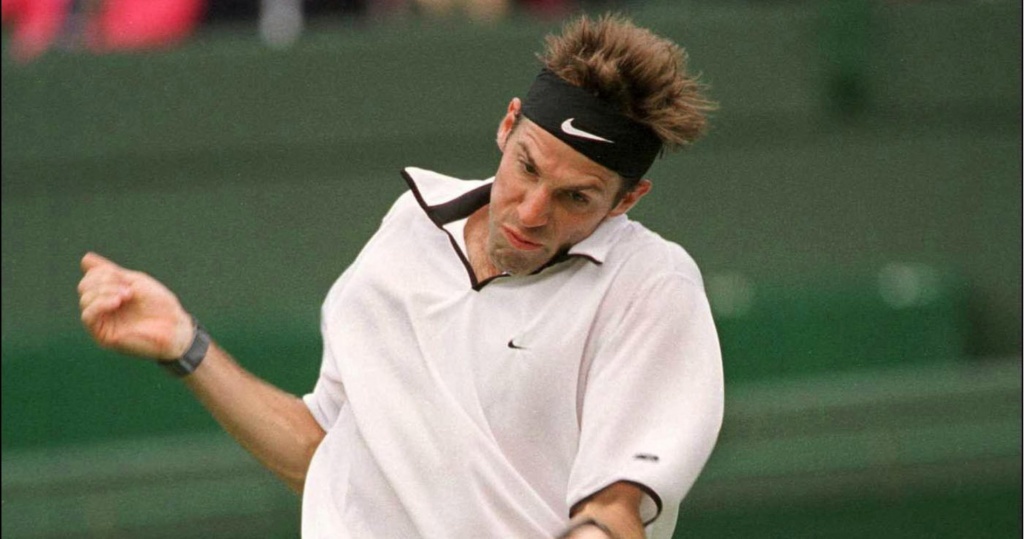
The place: the historic Queen’s Club, London
The Queen’s Club, founded in 1886, was the first multi-sport complex ever built. Its main activity was tennis, and it was owned by the British Lawn Tennis Association from 1953 to 2007. The Queen’s Club Championships had been held there since 1890. Considered as the biggest grass court event after Wimbledon, numerous tennis legends had won the trophy through the years. Up to June 2005, the All England Club champion had also won Queen’s before on six occasions : John McEnroe did it twice (1981, 1984), followed by Jimmy Connors in 1982, Boris Becker in 1985, Pete Sampras in 1999, and Lleyton Hewitt in 2002. That’s why the Queen’s final was always followed quite closely by the pundits.
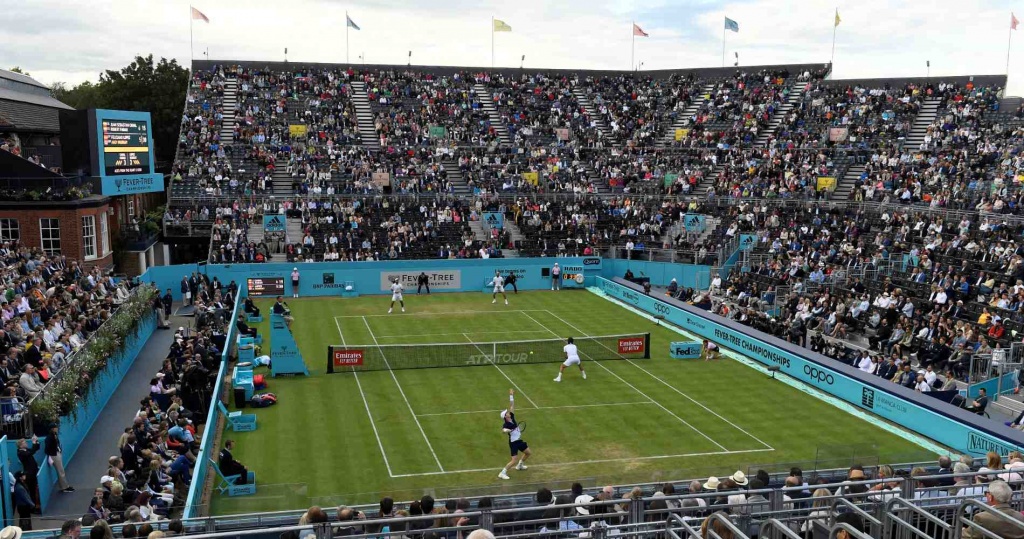
The facts: Ivanisevic wins tiebreak 20-18
In this 1997 Queen’s Club Championship, Goran Ivanisevic was the No 3 seed. Even if his 1997 season had not been great so far, it was not a surprise to see him performing well on grass, his favourite surface. After all, he had reached two Wimbledon finals in the last four years. He had not lost a set before the semi-final against Greg Rusedski.
On his way to the semi-finals, Rusedski, world No 44, defeated three Australian players : Mark Woodforde in the first round (4-6, 6-4, 6-3), Scott Draper in the third round (6-3, 6-2) and Patrick Rafter in the quarter finals (4-6, 7-5, 6-3).
With two left-handed big servers like Ivanisevic and Rusedski facing each other on grass, the audience expected the rallies to be few and far between. They were right. Although the Croat, who had won their four encounters before, was the favourite, Rusedski managed to take the first set 6-4 with one break of serve, while Ivanisevic claimed the second set by the same score. In the deciding set, the players did not even get close to obtaining a break opportunity and they ended up playing a final set tie-break, where they both defended six match points before Ivanisevic eventually sealed his win 20-18 to reach the final.
What next? Ivanisevic wins Wimbledon in 2001 while Rusedski makes US Open final in 1997
Goran Ivanisevic would be defeated in the final by Mark Philippoussis, in a match which would remain famous because in the second set, the Croat, clueless, would hand over his racquet to a ball girl and let her play a point against the Australian giant. Ivanisevic would lose a third Wimbledon final in 1998, against Pete Sampras (6-7, 7-6, 6-4, 3-6, 6-2). This loss would devastate him and the Croat would brutally decline in the following years, until, in 2001, entering the Wimbledon main draw as a wildcard ranked No 125 in the world. He would eventually make his dream come true by edging Patrick Rafter in the final at the All England Club (6-3, 3-6, 6-3, 2-6, 9-7). Suffering from a shoulder injury, the Croat would then scarcely play on the tour and would officially retire in 2004, having claimed a total of 22 titles since his professional debut.
Greg Rusedski would not be stopped by this close loss and would make 1997 the peak year of his career. The following week, he would claim the title in Nottingham, edging Karol Kucera in the final (6-4 . 7-5). Rusedski would then achieve the two best Grand Slam results of his career, by reaching the quarter-finals at Wimbledon (defeated by Cédric Pioline, 6-4, 4-6, 6-4, 6-3), and above all, the US Open final which he would lose to Patrick Rafter (6-3, 6-2, 4-6, 7-5). Rusedski would claim his biggest title in 1998, in Paris-Bercy, where he would beat Pete Sampras in the final, for the only time in 10 encounters (6-4, 7-6, 6-3). The same year, he would fire the fastest serve in tennis history, at 149 mph, which would be only beaten in 2004 by Andy Roddick. He would lift the last of his 15 trophies on grass, in Newport, in 2005, before he quit professional tennis in 2007.
Four 38-point tie-breaks would be played after the Ivanisevic-Rusedski 1997 effort, the last one won by Andy Murray against Philipp Kohlschreiber in 2017 in Dubai. Although this record would not be beaten on the main tour, in 2013, Monaco’s Benjamin Balleret would win a 60-point tie-break (36-34) against Guillaume Couillard in the last round of the qualifications of a future event in Plantation.

